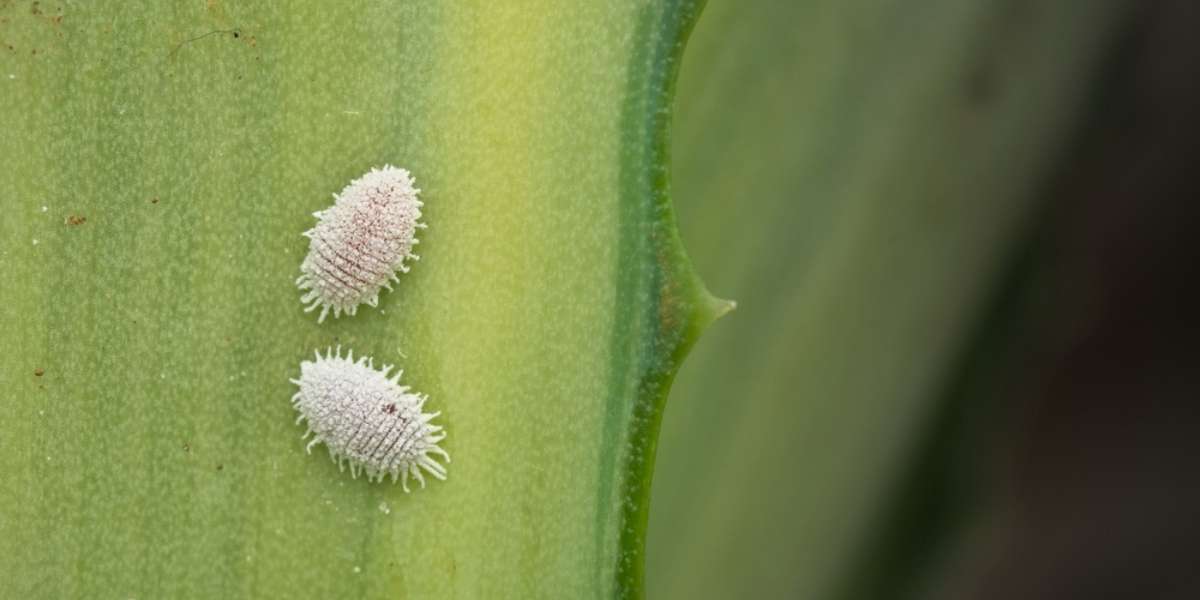Cultivating lettuce is not without its challenges, as various pests and diseases can pose a threat to your crop. It’s essential to be aware of these potential issues and take preemptive measures to protect your lettuce from harm.
Aphids
These tiny insects can cause misshapen and yellow leaves. They secrete a sticky substance known as honeydew, which can attract black mold. Combat aphids by cultivating companion plants, using water spray to knock them off, or applying insecticidal soap.
Cutworms
Cutworms are notorious for severing stems of seedlings just above or below the soil line. These pests can be controlled by handpicking them, creating collars around the stems, or using row covers.
Earwigs
Earwigs can create small holes in leaves and stems, potentially causing damage to your lettuce crop. Combat them by setting up earwig traps with fish oil or by removing plant debris from your garden.
Lettuce Mosaic Virus
This virus can cause green mottling or brown spots on leaves and can lead to stunted growth. It’s crucial to destroy infected plants and opt for certified virus-free seeds to prevent the spread of the disease.
Powdery Mildew
Powdery mildew can manifest as white spots on the upper leaf surfaces, gradually covering the entire leaves with a flour-like coating. To combat this fungus, consider planting lettuce in full sun, ensuring good air circulation, and spraying plants with a baking soda solution.
Slugs and Snails
These mollusks can leave irregular holes in lettuce leaves, and their slimy secretion can create an unpleasant environment for your crops. Combat slugs and snails by handpicking them, using copper plant collars, or applying diatomaceous earth as a barrier.
White Mold
White mold can cause pale gray, water-soaked areas on the stems and leaves, which later develop a white, cottony growth. Destroy infected plants, ensure proper air circulation, and practice crop rotation to prevent the spread of this fungus.
Whiteflies
Whiteflies can result in sticky honeydew, silver areas on leaves, and distorted plant growth. Combat them by removing infested leaves, using yellow sticky traps, and inviting beneficial insects to your garden.
Additionally, be mindful of mammalian pests such as rabbits and groundhogs, which can also pose a threat to your lettuce. By taking appropriate preventive measures and closely monitoring your lettuce crop, you can ensure a healthy and bountiful harvest.




